Six key events that helped Microsoft dominate the PC platform
Despite the rise of Macs and Chromebooks, Windows is still the OS of choice on new computers. How did it gain and maintain its position?
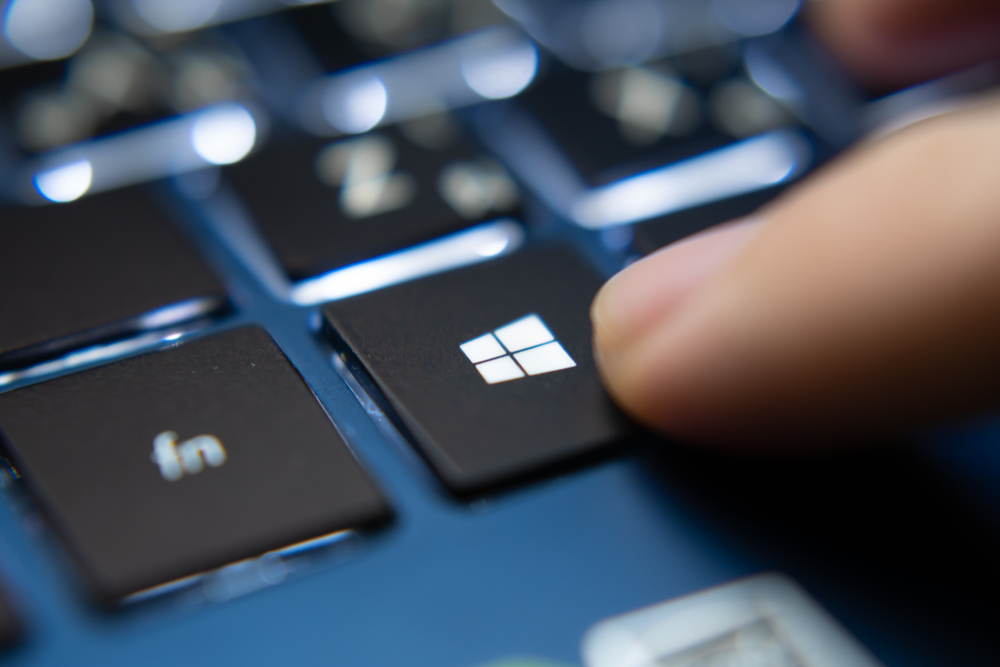
Microsoft launched DOS on 12 August 1981 – the day IBM debuted its Personal Computer. Known as PC DOS on that machine (and marketed as MS-DOS on compatibles), its series of commands and programs soon became the standard for PCs, paving the way for Windows in November 1985.
But that first version of Windows was appalling. How did Microsoft achieve operating system dominance and how did it see off rivals as strong as CP/M, which had been around since the mid-1970s? As always in such battles for supremacy there were key moments – and a lot of luck – that worked in favour of the winner.
A fractious meeting
Microsoft wasn’t interested in creating an OS. At least, it wasn’t at first. When IBM called founder Bill Gates and asked the company to create a software platform for its proposed PC, based on the Intel 8080 microprocessor, Bill steered IBM in the direction of Digital Research’s Gary Kildall – the inventor of the world’s most popular 8-bit disk OS at the time, CP/M.
Digital Research was run from a large Victorian house in Pacific Grove, California. It employed more than 20 people, generated revenue of $3.5 million and was working on a 16-bit version of its OS called CP/M-86.
What happened next would turn the conversation full circle, however. Gates got on the blower to Kildall and told him that a group of important people were about to pay him a visit. But Kildall decided to attend another meeting first, which meant he was flying back when the IBM team turned up, leaving the initial discussion to his wife and business partner Dorothy, as well as company attorney Gervaise Davis. IBM wasn’t impressed.
When Kildall appeared, disagreements had already emerged. IBM wanted to license CP/M for a flat fee, rather than offer royalties, and there was unease over IBM’s insistence that Digital Research sign a strict non-disclosure agreement. When Kildall appeared, he spoke of wanting to retain the CP/M name against IBM’s wishes. IBM walked away and never returned.
Instead, the company called Gates once more and set up a meeting in Florida. Microsoft agreed to provide an OS similar to CP/M on the understanding that IBM would pay Microsoft royalties and allow the company to retain ownership. There was the slight issue of Microsoft not actually having an OS to sell. But, with a contract in the bag, that was a mere minor detail.
Sign up today and you will receive a free copy of our Future Focus 2025 report - the leading guidance on AI, cybersecurity and other IT challenges as per 700+ senior executives
An influential mother
Before we move on to what Microsoft did next, there’s the little matter of why IBM had called Bill Gates about creating an OS in the first place. Surely it knew CP/M was Digital Research’s baby and that Microsoft had never dabbled with OSes before?
Maybe IBM simply believed that Microsoft’s creation of the Z-80 SoftCard (a plug-in processor card for the Apple II that allowed it to run CP/M) meant the Redmond-based giant was involved in the OS’s development. But perhaps a family connection was at play.
Gates’ mother, Mary, was a successful businessperson, becoming the first woman to serve as a director of the First Interstate Bank of Washington. Appointed to the board of the United Way of America, she got talking with fellow executive committee member John R Opel, the chairman of IBM.
Opel remembered “Mary Gates’ son” at the time when discussions were being held about licensing an OS and, according to the New York Times, IBM “took a chance by hiring Microsoft”. But where exactly did that OS come from?
Getting quick and dirty
The Z-80 SoftCard was developed by Tim Paterson, who worked for Seattle Computer Products (SCP) as a designer and engineer. Paterson would go on to write an inexpensive CP/M clone called QDOS, which stood for “Quick and Dirty Operating System”. It was designed to work with Intel’s 8086 CPU and later became known as 86-DOS.
Gates and Microsoft co-founder Paul Allen caught wind of the development and suggested that it would work as IBM’s sought-after OS. Microsoft licensed the software in December 1980 for $25,000, buying it outright a few months later for $50,000. But since Microsoft didn’t tell SCP it was licensing the OS to IBM, this led to a $1 million settlement in SCP’s favour.
Even so, by this time Microsoft was counting the money: 86-DOS became PC DOS on the IBM PC and proved lucrative. Microsoft was also allowed to sell the OS as MS-DOS and it did so to 70 other PC companies.
Kildall wasn’t happy about this turn of events and threatened to sue IBM, so a deal was struck. IBM offered CP/M-86 alongside PC DOS on the PC launched in 1981, but here’s the thing: Digital Research’s OS cost buyers $240. Gates’ alternative was a snip at $40. No prizes for guessing which way people went.
Taking a further bite
DOS relied on commands and that was never going to be ideal in the long term. Graphical user interfaces (GUIs) were the next logical step so Microsoft announced Windows in 1983 and it launched a couple of years later, running on top of DOS.
It wasn’t the first. Xerox worked on GUIs in the 1970s and the Apple Lisa and Apple Macintosh 128K in 1984 followed suit. Microsoft suggested Apple license the Mac OS to create a personal computing standard, but the then-CEO John Sculley dismissed such a notion – and Microsoft went for that standard itself.
Not that Digital Research took this lying down. It created GEM or Graphical Environment Manager and, like Microsoft, had its product ready by 1985. GEM was special, working on the Intel x86 chips and the Motorola 68000 and it found a home on the Atari ST.
This upset Apple because Jack Tramiel, who had bought Atari in 1984, sought to take on the Macintosh with a less expensive, well-specified machine running a user interface similar to Apple’s. Apple sued Digital Research, fearing that GEM would also make inroads into the PC market at its expense.
The action dented Kildall’s company to the extent it never recovered but Apple backed Microsoft despite Sculley’s fury when he saw Windows 1.0. Why did Apple support its rival? Well, Microsoft applications made up two-thirds of Mac software sales. So Microsoft licensed the Mac’s visual displays in exchange for two-year exclusivity on Excel and the emboldened company created Windows 2.0. After Microsoft was alleged to have stolen 189 different elements of the Mac OS, the matter ended up in court – with Apple on the losing side.
Making things personal
Microsoft wasn’t all about Windows, though. In 1985, IBM asked Microsoft to develop a new OS called OS/2 as a successor to PC DOS. A joint development agreement was signed and Gates believed that it was “destined to be the most important operating system, and possibly program, of all time”.
IBM wanted greater control. It didn’t much like DOS because manufacturers making PC clones had access to it. However, OS/2 was a new start, designed for use with Intel’s 286 CPU and aimed at a new range of Personal Systems. IBM would own the rights in full.
Development was far from straightforward. Microsoft worked on the code but communication was bureaucratic. When the first version arrived in 1987 it proved resource-hungry, text-based and starved of applications. Gates realised it wasn’t going to be the great shake-up he’d imagined, but he had an ace up his sleeve.
In October 1988, Dave Cutler, developer of the OS VMS for Digital Equipment Corporation (DEC)’s 32-bit processor VAX minicomputer, had a disagreement with DEC and Microsoft took the opportunity to snap him up, offering to bring his team on board as well. Cutler worked on a portable OS compatible with OS/2 called OS/2 NT – a version of OS/2 that Microsoft could control.
Knowing when to part company
Microsoft also worked on Windows 3.0. Although it was, again, a GUI shell running on top of MS-DOS, it had improved multitasking, a 3D look, better memory management and the Program Manager to easily find and launch apps by clicking icons.
IBM wasn’t happy, but the company nevertheless promised to help Microsoft roll out Windows 3.0 – as long as it could secure the rights. Gates declined. IBM decided it would stop writing software for Windows. Microsoft wasn’t too fussed.
Microsoft and IBM realised they were better off apart. IBM retained the code for OS/2 1.x and the 32-bit 2.0 and was able to license Windows cheaply, while bagging a cool $25 million for software patents. Microsoft kept the code for OS/2 3.0 NT and secured royalties on sales of the other versions.
Then Microsoft ramped up its efforts. Windows 3.0 was bundled with most new computers, thanks to some attractive deals. It would sell ten million. Third-party developers flocked to it, users could replicate a Mac more cheaply and Microsoft provided its Word, PowerPoint and Excel software.
OS/2 was less successful, despite IBM heavily pushing 2.0 in 1992 just as Windows 3.1 launched. OS/2 NT became Windows NT and positioned itself towards the support of Windows apps. By the time Windows 95 launched, PCs were dominant and it was game over for the OS competition.
-
 Researchers claim Salt Typhoon masterminds learned their trade at Cisco Network Academy
Researchers claim Salt Typhoon masterminds learned their trade at Cisco Network AcademyNews The Salt Typhoon hacker group has targeted telecoms operators and US National Guard networks in recent years
-
 HPE says unified channel strategy won't force Juniper partners to generalize
HPE says unified channel strategy won't force Juniper partners to generalizeNews Does the company embrace specialists or want a full portfolio push? The answer, it seems, is both
-
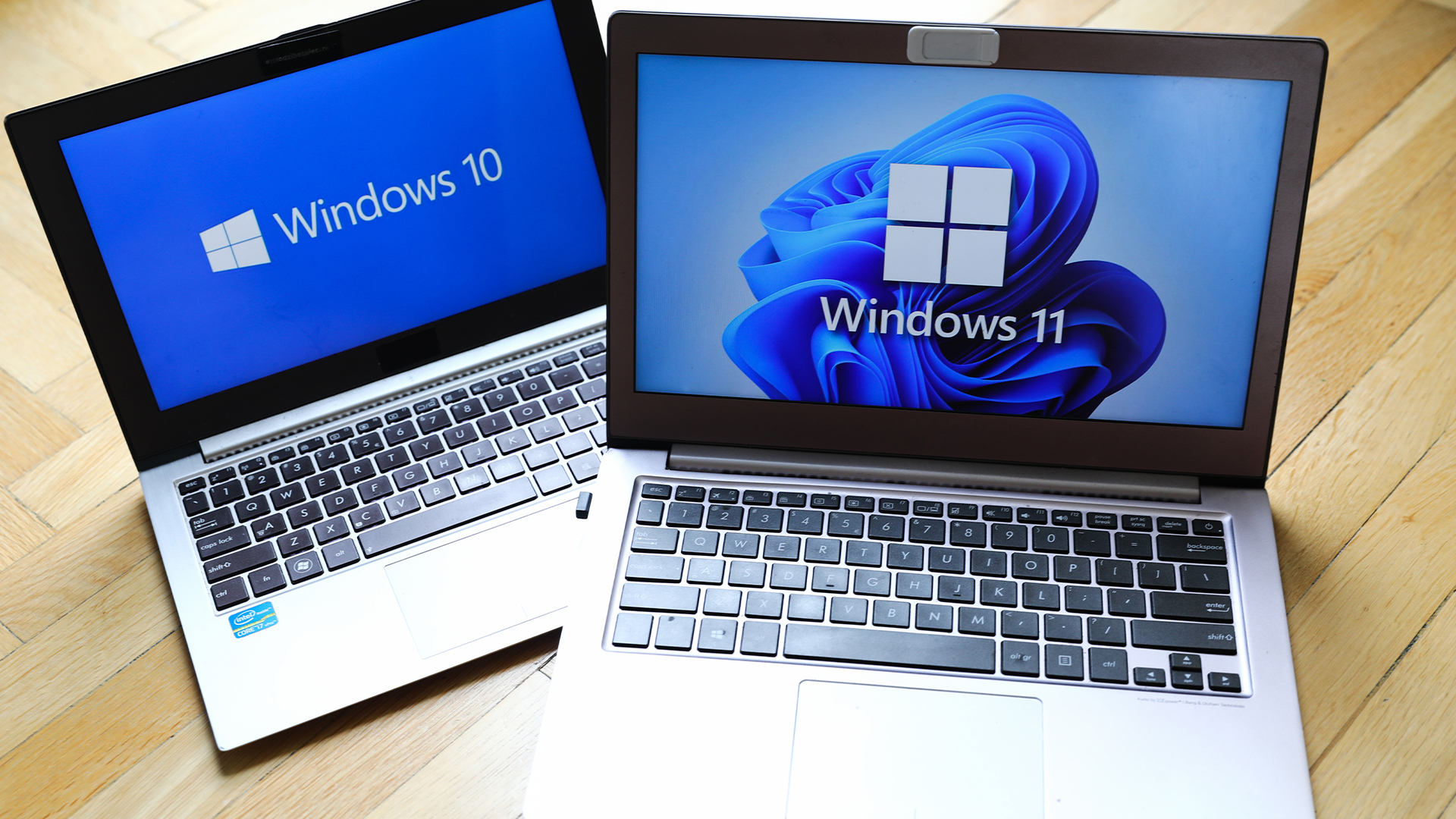 Windows 10 extended support costs could top $7 billion
Windows 10 extended support costs could top $7 billionNews Enterprises sticking with Windows 10 after the October deadline face huge costs
-
 Tiny11 review: Windows 11 with only 2GB of RAM
Tiny11 review: Windows 11 with only 2GB of RAMReview A version of Windows 11 for older machines that don't meet the full requirements
-
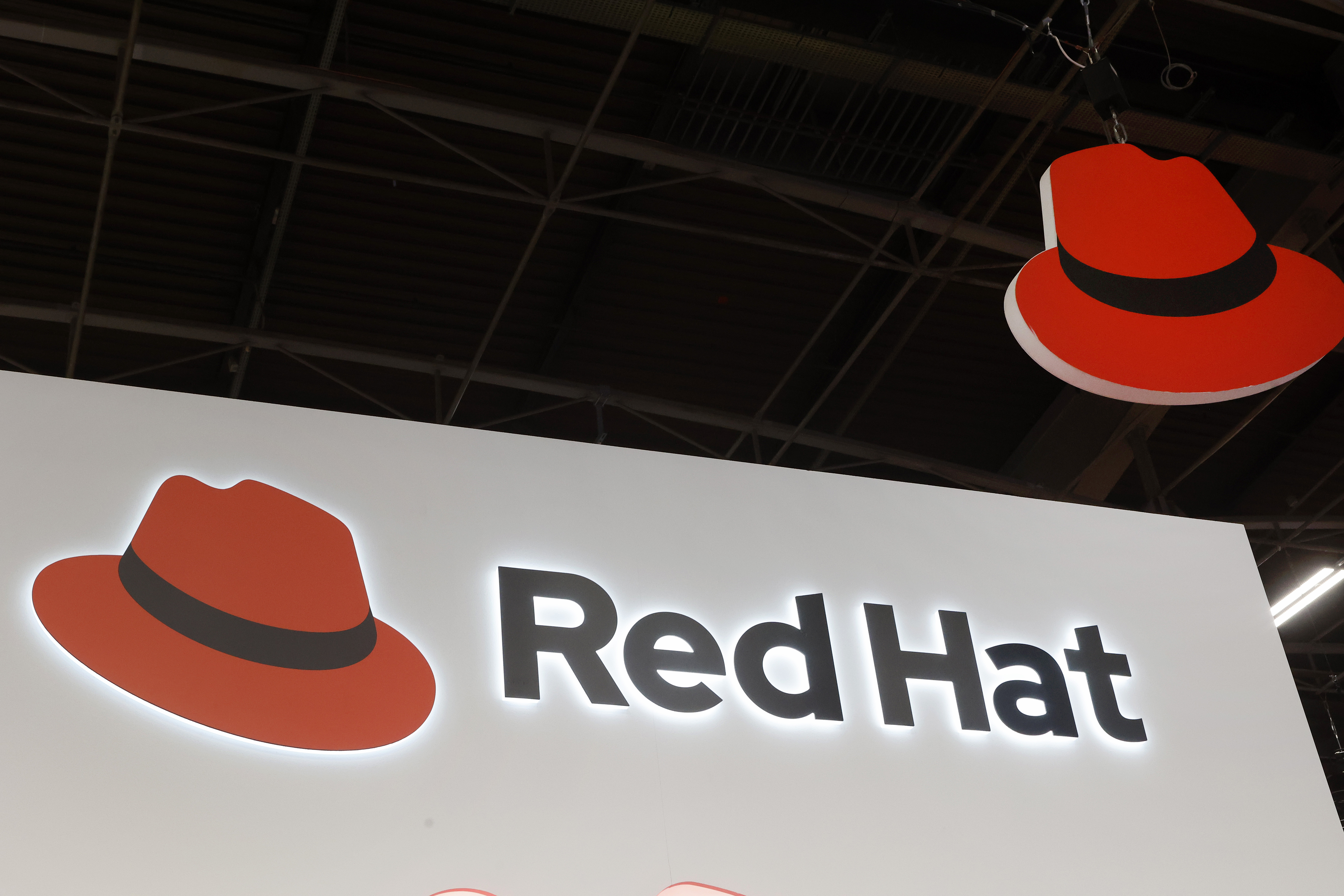 Red Hat Enterprise Linux becomes foundational operating system for Cohesity Data Cloud
Red Hat Enterprise Linux becomes foundational operating system for Cohesity Data CloudNews New strategic partnership between Red Hat and Cohesity aims to drive innovation in the data security and management space
-
 Ubuntu shifts to four-week update cycle
Ubuntu shifts to four-week update cycleNews Critical fixes will also come every two weeks, mitigating the issues involved with releasing prompt patches on the old three-week cadence
-
 AlmaLinux follows Oracle in ditching RHEL compatibility
AlmaLinux follows Oracle in ditching RHEL compatibilityNews Application binary compatibility is now the aim with 1:1 now dropped
-
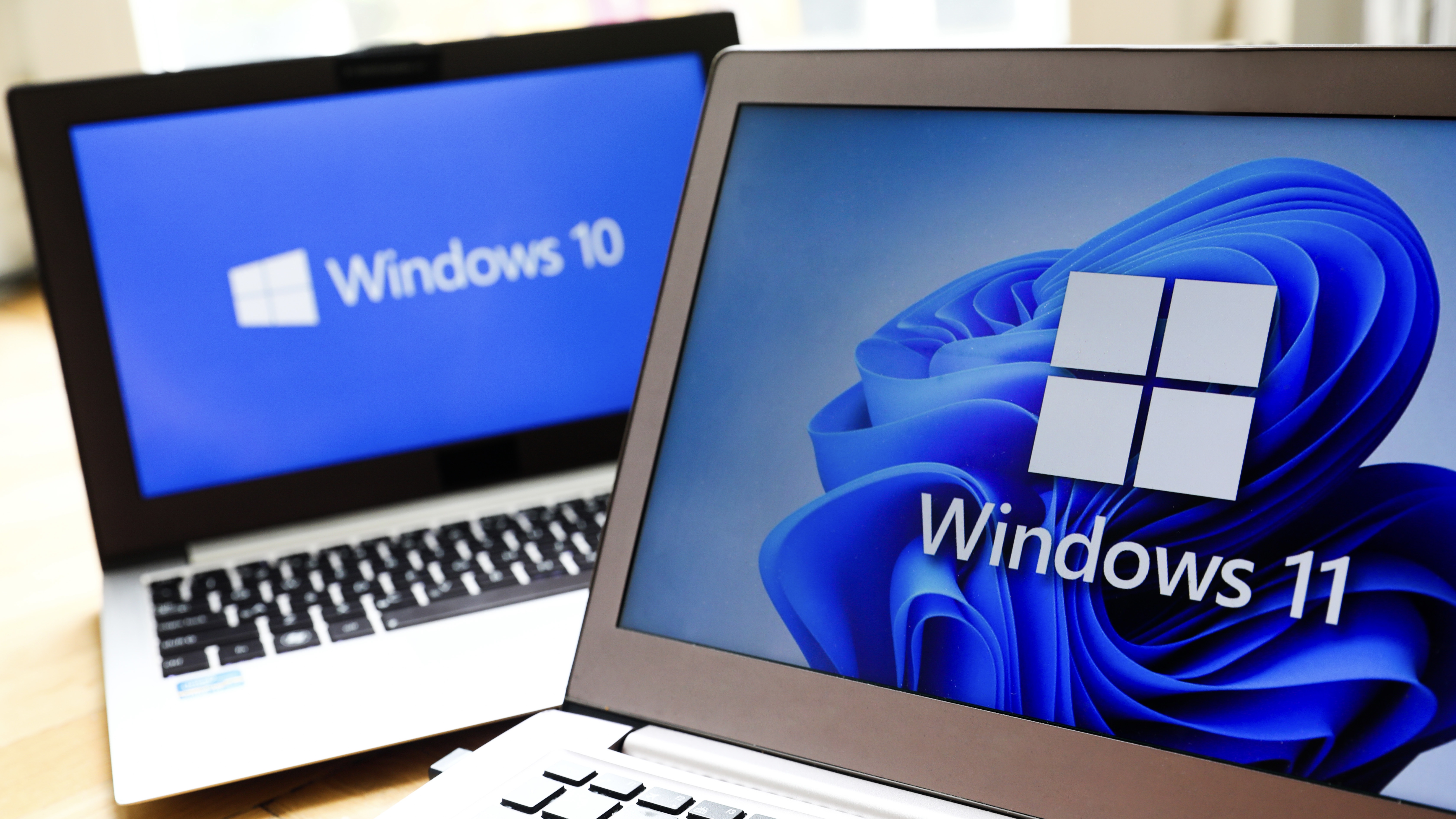 How big is the Windows 10 cliff-edge?
How big is the Windows 10 cliff-edge?ITPro Network With some comparing the upcoming Windows 10 end of life to Windows XP, we ask members of the ITPro Network for their insight
-
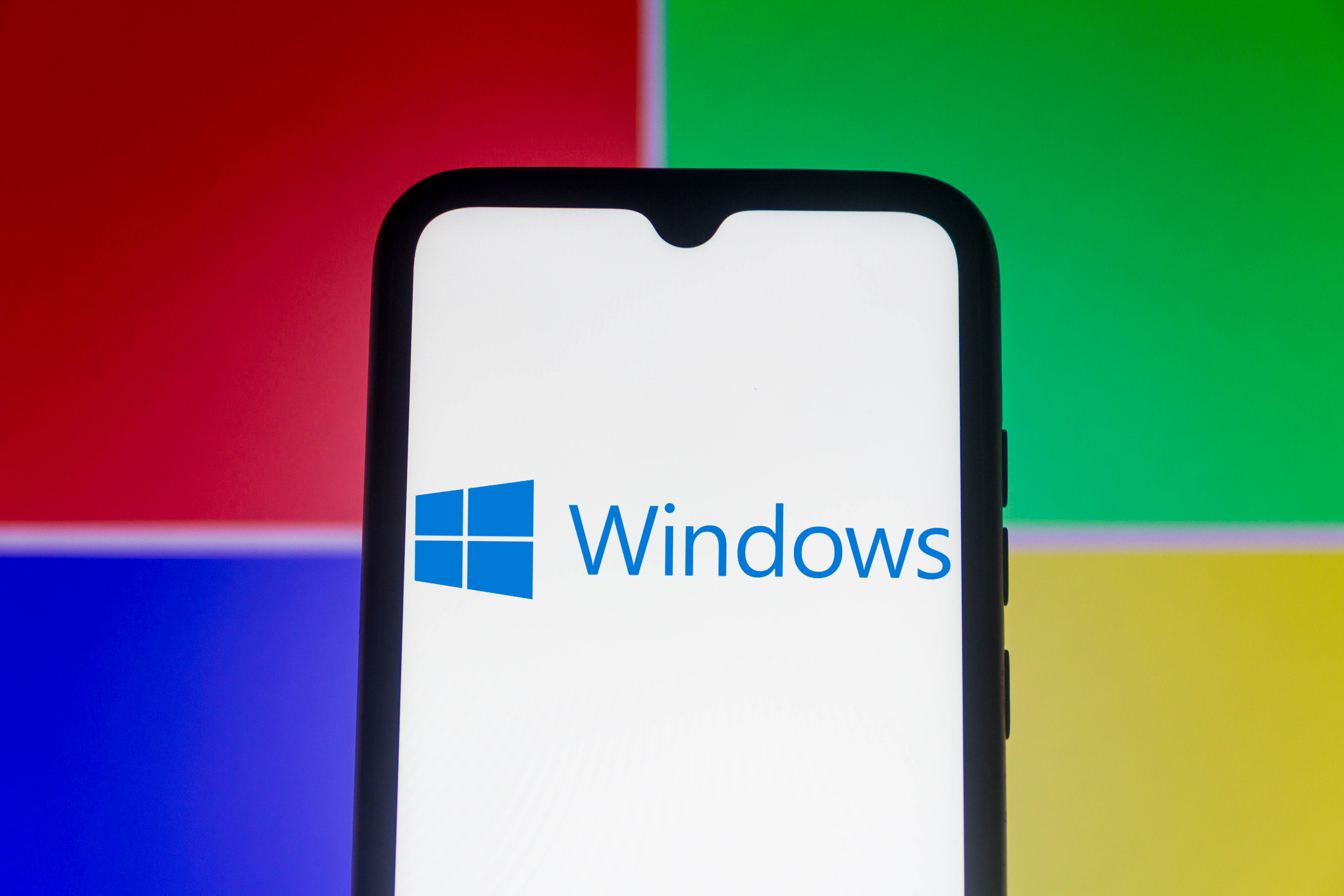 Everything you need to know about the latest Windows 11 updates - from bug fixes to brand-new features
Everything you need to know about the latest Windows 11 updates - from bug fixes to brand-new featuresNews Two new cumulative updates are on the way and will be installed automatically on Windows 10 and Windows 11 machines
-
 How to download a Windows 11 ISO file and perform a clean install
How to download a Windows 11 ISO file and perform a clean installTutorial Use a Windows 11 ISO to install the operating system afresh